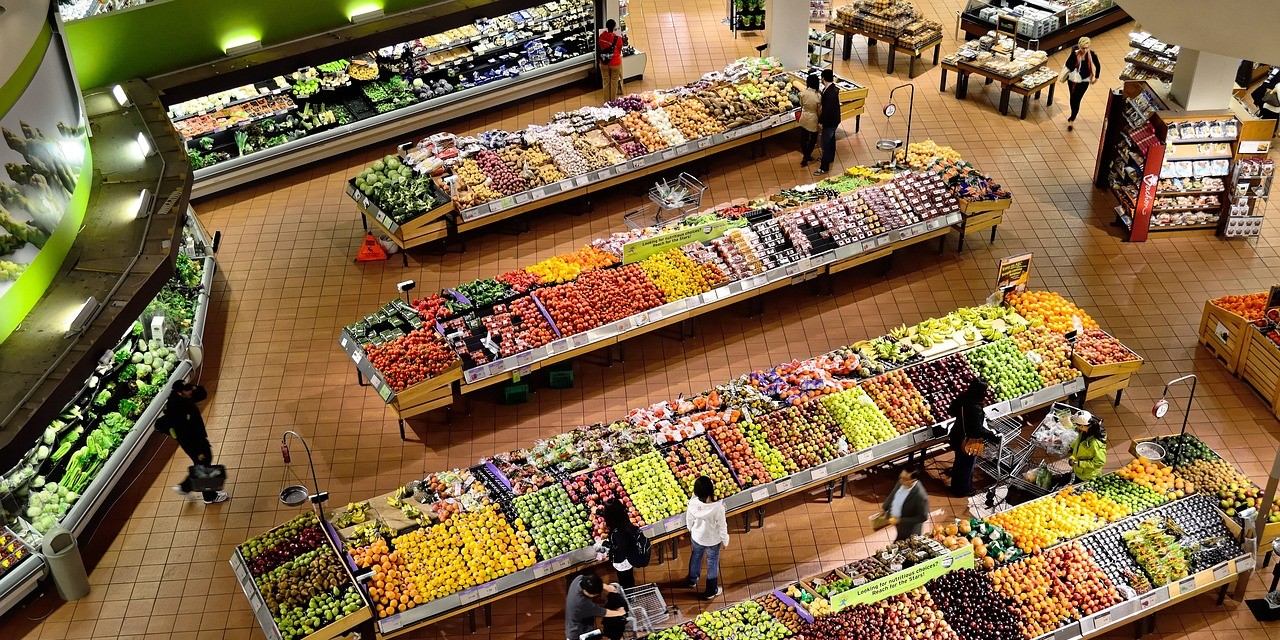This year the supermarket industry has seen supply chain disruptions, a shift towards more sustainable, healthier product offerings, the introduction of innovative technologies to both employees and customers, and even fancy tinned fish and throwback Dunkaroos. Going into 2024 we can expect to hold onto some of these trends while introducing many new ones as well.
Technology as a Driving Force
Demand Forecasting and Advanced Technology
Demand forecasting tools are growing in popularity as retailers and food service companies anticipate relying heavily on them in 2024. Robinson Fresh emphasizes their significance in navigating the fluctuating buying patterns of consumers. This predictive capability ensures adequate stocking, mitigating both over and under supply issues.
Incorporation of Automation
Addressing prevalent labor issues, automation emerges as a solution for tasks like inventory management and maintaining food safety. Robotic solutions, capable of executing labor-intensive order fulfillment tasks, promise increased accuracy and efficiency, leading to an improved customer experience.
Self-checkout (SCO) also grows in popularity throughout supermarkets around the country, and for good reason. 40% of shoppers prefer self-checkout, 67% of millennials find self-checkout more efficient (Gen Z likely even more so), and the average transaction time for a SCO is 41 seconds, meaning customers can get their goods as quickly and efficiently as possible.
AI in Grocery Operations
AI plays a crucial role in data aggregation, profit forecasting, and tailoring personalized shopping experiences. Commonly used for dynamic pricing strategies, this enables operators to respond to market fluctuations effectively, maximizing profitability.
Conscious Consumerism and Sourcing Issues/Responsibilities
Responsibly Sourced Goods
The consumer focus on consciously sourced products has led to an increased demand for locally sourced, conflict-free, animal welfare-approved items. Consumers are increasingly favoring pasture-raised animal products, and eco-friendly fishing practices, contributing to declining purchases of non-certified items.
Sustainable Shopping Trends
Certified upcycled and regenerative organic products witness a surge in demand to limit waste byproducts. Specifically, products like cocoa pulp and cacao fruit juice concentrates from cacao byproduct, and flavoring products from leftover citrus peels.
There's also a growing preference for environmentally friendly options when they’re in use, for example coral reef safe sunscreen products.
Bulk Shopping
Amidst escalating grocery prices, bulk shopping remains an affordable and sustainable solution. This practice not only eases consumer spending but also streamlines purchasing and stocking for stores, particularly with dry goods, spices, cooking oils, and coffee.
Many stores have an aisle or a few of bulk goods stored in clear containers ready to fill up a customer’s personal bag or container by pulling a lever or with a scoop, making for an easy buying experience for the customer, and an efficient stocking task for employees.
Surety of Supply in a Disrupted Global Market
Certain products are becoming harder to find at reasonable prices due to supply chain disruptions caused by unrest and natural occurrences in traditional farming and trading regions. This is being addressed by supermarkets by acquiring products from new farming regions and diversifying their suppliers to stay a step ahead of these sometimes-unpredictable disruptions.
Innovative Marketing Strategies
Utilizing Social Media and In-Store Displays
Integrating social media and in-store displays offers customers interactive experiences through showcasing recipes. Videos featuring recipes and physical displays with QR codes for digital content foster a blended experience for customers.
When a customer sees something online, they’re familiar with it by the time they see it in store, making them more likely to make a purchase.
S-Commerce and Online Presence
Supermarkets are leveraging s-commerce to increase sales and tap into projected growth. S-commerce is the process of selling products and services directly through social media. When integrated with services like Instacart, or your supermarket’s specific online service, a new audience can be attracted, and existing audiences can be targeted more frequently.
Utilizing online social platforms for S-Commerce aligns with predictions of a significant rise in total s-commerce sales of $700 billion by 2027.
Evolving Food Choices
Consumers are gravitating towards non-animal protein sources like pea protein, beet protein, and soy protein for their protein powders often bought in supermarkets. Sesame's recent labeling as a major allergen also highlights the evolving landscape of allergen information on packaged foods.
These are just a few new trends in food preferences of the many that we’ll be covering in 2024.
Adapt to Stay Ahead
As 2024 unfolds, these trends display the necessity for adaptation and innovation within supermarkets. Thriving in this evolving landscape requires embracing technological advancements, meeting consumer demands for desired products, and leveraging innovative marketing strategies.


Comments